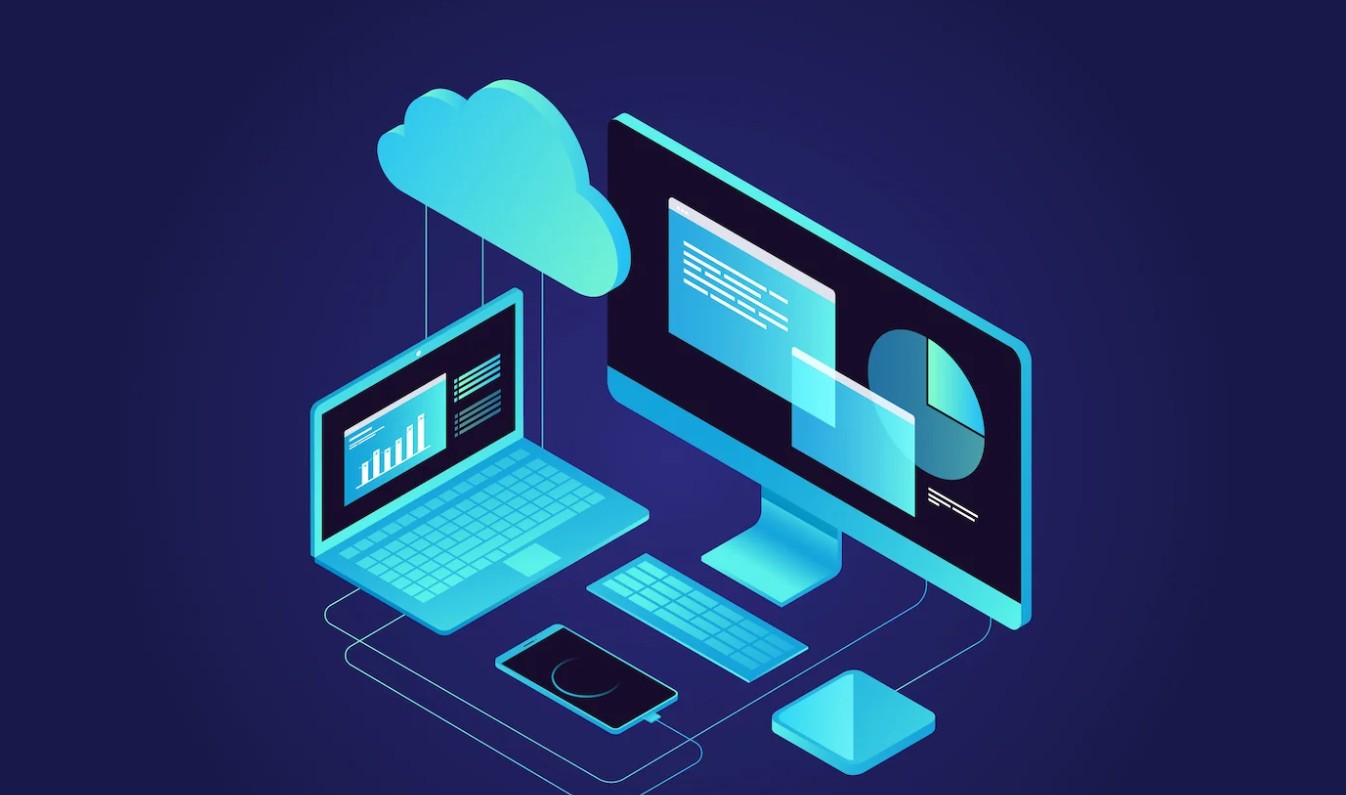Machine learning is not a new technology. It has been powering innovation across industries for several years now. Using advanced machine learning technologies, data scientists can build complex and intelligent systems that can automatically learn from data, identify patterns, and make decisions with minimal human intervention. When combined with data science, machine learning can do wonders, drive intelligent insights, and demonstrate unprecedented predictive power.
According to IDC’s 2025 report, global spending on AI and machine learning solutions is projected to exceed $500 billion, an increase of over 25% from the previous year. This growth indicates how deeply ML has been embedded in various business functions in healthcare, finance, retail, and all other sectors.
Let’s explore how machine learning works and the emerging machine learning applications in data science in the future.
Machine Learning in Data Science
Let us first understand what machine learning in data science means. Machine learning is a subset of artificial intelligence that uses algorithms to learn from data and make predictions without minimal human intervention and explicit programming.
In data science, ML can be considered as an engine that processes raw data into actionable insights. While traditional programming requires explicit rules, machine learning models can adapt automatically by identifying relationships within the data.
Data scientists use machine learning models for various tasks, such as:
· Predicting future trends (predictive analytics)
· Identifying hidden trends and patterns in datasets
· Automating repetitive data-related tasks
· Improving decision-making with data-driven insights
This process of implementing and utilizing machine learning in data science includes collecting data, preprocessing it, training models, data validation, deployment, etc. For this, a variety of data science tools, including TensorFlow, Scikit-learn, and PyTorch, along with programming languages like Python and R, is used.
Emerging Applications of Machine Learning in Data Science
Machine learning applications in data science expand across different operations and industries. Let’s look at some of the most impactful and emerging applications.
1. Predictions and Demand Forecasting
One of the most common applications of machine learning in data science is predictive analytics, i.e., using historical data to predict future outcomes. ML models can analyze time-series data and identify trends to help businesses make data-driven decisions.
Example: retailers can use ML to forecast customer demand and optimize inventory accordingly
2. Virtual Assistant and NLP
With NLP, AI, and data science, professionals can build machines that can understand, interpret, and respond to humans in a language they are comfortable with. Machine learning for NLP is used in data science to process unstructured textual data from different sources, like emails, social media, customer feedback, and others. This data is then used for:
- Sentiment analysis for brand monitoring
- Generative AI
- Chatbots and virtual assistants
- Summarizing or translating documents automatically
All industries are using virtual assistants and chatbots to enhance their customer service experience.
3. Image Recognition and Computer Vision
Computer vision is a fine technology powered by machine learning that helps systems understand and interpret visual information. This capability is used by data scientists for a wide range of machine learning applications in data science. Image recognition, object detection, and video analysis are used in various areas such as healthcare diagnostics, quality inspection in manufacturing units, autonomous vehicles, etc.
4. Fraud Detection and Risk Management
Modern financial institutions rely heavily on machine learning models for detecting suspicious activities and fraud. Algorithms can identify which are normal transactions and which are anomalous and flag them instantly. In data science, these models enhance security by continuously adapting to new fraud patterns and improving accuracy over traditional rule-based systems.
5. Recommendation Systems
Most of the e-commerce websites and OTT platforms like Netflix, Amazon, Spotify, all use recommendation engines to recommend products, shows, songs, etc., to users according to their preferences and likings. This is a classic example of machine learning applications in data science, which enhances customer experience as well as drives engagement.
6. Healthcare Analytics
Machine learning has also made groundbreaking contributions to the healthcare industry as well. Data science engineers can use predictive models for detecting diseases early, personalizing medical treatments, and discovering drugs.
For example, machine learning algorithms can predict if there are chances of any heart disease based on patient data or optimize resource allocation in hospitals.
Future Outlook of Machine Learning in Data Science
AI is increasingly embedded in our everyday lives. According to the Stanford Institute for Human‑Centered Artificial Intelligence, “AI Index Report 2025”: Public optimism about AI is rising in many countries (e.g., China 83%, Indonesia 80%, Thailand 77%), though it remains lower in the U.S. (~39%) and Canada (~40%).
The future of ML in data science is dependent on automation, explainability, and ethical AI. As AutoML (Automated Machine Learning) platforms are evolving, they will help even non-technical professionals to build and deploy predictive models efficiently.
Apart from this, explainable AI or XAI is gaining traction as both businesses as well as consumers demand transparency in machine learning driven decisions, which is an important element in regulated industries like finance and healthcare.
Integration with edge computing and generative AI will further enhance the capabilities of machine learning. Edge machine learning models will process data locally on devices and also help with faster decision-making in IoT systems.
Conclusion
Machine learning is a powerful technology driving actionable insights and automation across different industries. It is also the main driving force behind several innovative initiatives. Whether it is predictive analytics or breakthrough developments in the healthcare industry, the application of machine learning is huge and evolving. As organizations are generating and collecting huge amounts of data, the relationship between machine learning and data science will only strengthen and revolutionize every aspect of businesses.







0 Comments